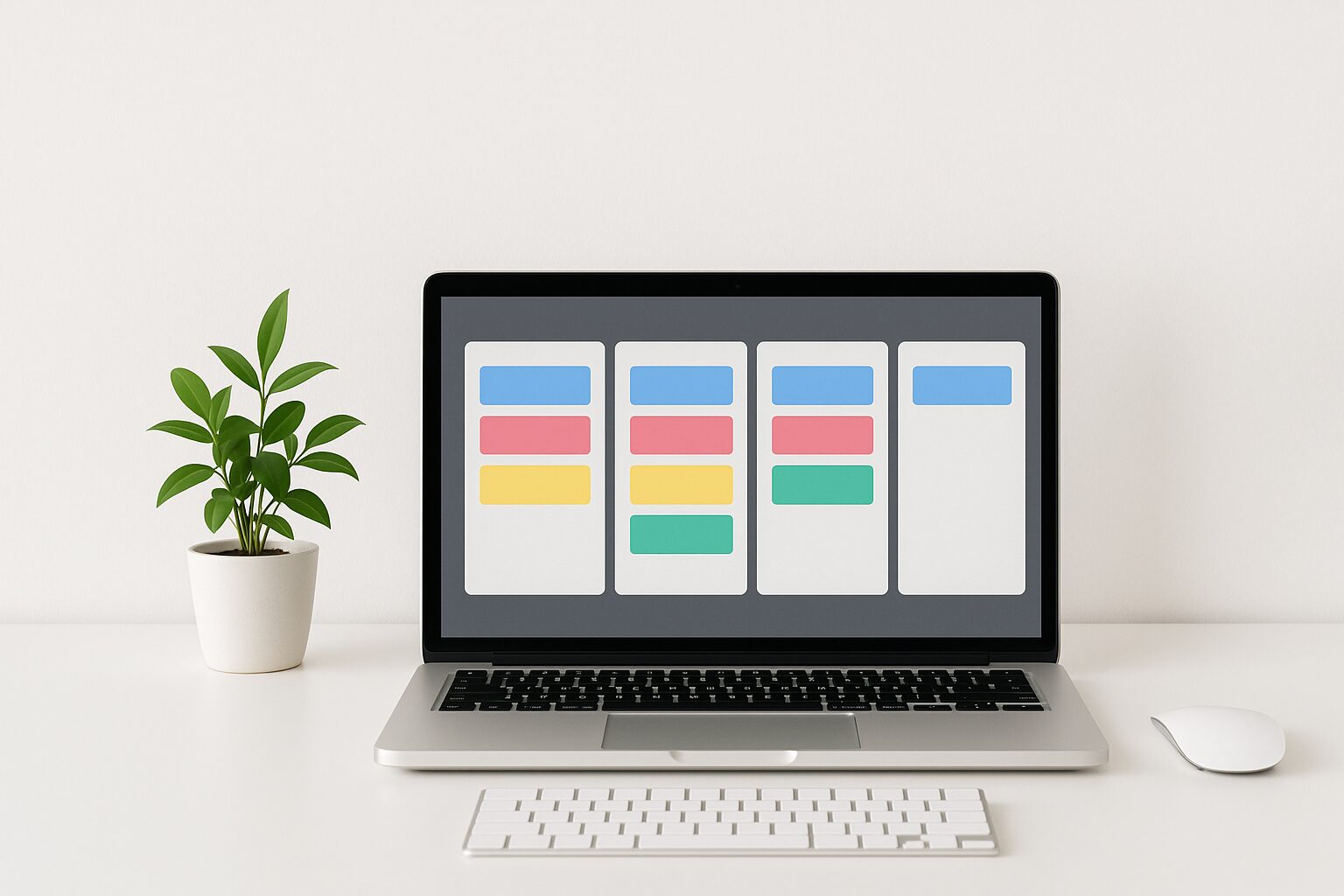Understanding the Digital T-card System
In today’s fast-paced digital world, the need for efficient project management tools has never been more critical. The Digital T-card System is a modern approach that replaces traditional paper-based task management with a dynamic online platform. Imagine a board filled with colourful cards representing different tasks, all easily accessible and adjustable with just a few clicks. This system not only streamlines workflows but also enhances team collaboration.
Each ‘T-card’ can be moved across various columns representing different stages of a project, much like a virtual sticky note on a whiteboard. With features that allow for customisation and categorisation, teams can quickly visualise their progress and pinpoint bottlenecks. The Digital T-card System is becoming increasingly popular in many industries, proving that sometimes, the simplest ideas lead to the most effective solutions.
Integrating with Modern Tools: Meet OnlineTCards
Speaking of effective solutions, have you heard about OnlineTCards? This innovative platform offers a free project management system that integrates the best features of Kanban and Scrum methodologies. With OnlineTCards, you can create boards that mimic the familiar T-card setup but add the power of digital capabilities. This means real-time updates, team collaboration, and the ability to track progress without the hassle of physical cards.
Imagine having all your tasks, deadlines, and discussions in one accessible place! Whether you’re managing a small team or a large project, OnlineTCards provides an intuitive interface that makes it easy to prioritise tasks and maintain clarity. And did I mention it’s free? This is a game changer for startups and freelancers looking to optimise their workflow without breaking the bank.
Benefits of the Digital T-card System
So, what are the benefits of adopting a Digital T-card System in your organisation? First and foremost, flexibility is key. Unlike traditional methods, digital systems allow for instant updates and changes, which can be crucial when working in a dynamic environment. Teams can adapt quickly to shifts in priorities without losing track of what needs to be done.
Moreover, digital systems often come equipped with analytical tools that help teams assess performance over time. You can identify which projects are running smoothly and which ones may need extra attention. This data-driven approach not only boosts productivity but also helps in making informed decisions for future projects.
Lastly, let’s not forget about the environmental impact. By reducing reliance on paper, companies can contribute to sustainability efforts while enhancing their operational efficiency.
Challenges and Considerations
Of course, no system is without its challenges. Transitioning from a traditional T-card method to a digital one can initially be daunting for some team members. Training and support are vital during this changeover period to ensure everyone is comfortable with the new technology. Additionally, it’s essential to select a platform that aligns with your team’s needs—something that balances usability with functionality.
Security is another consideration; ensuring that sensitive information remains protected is paramount as you shift to online platforms. However, many modern systems, including OnlineTCards, offer robust security measures that keep your data safe while providing the flexibility you need.
